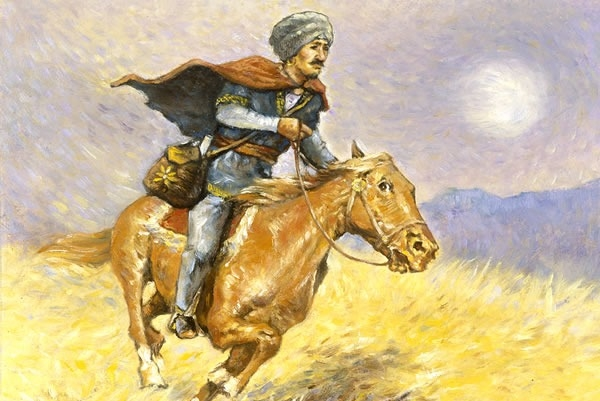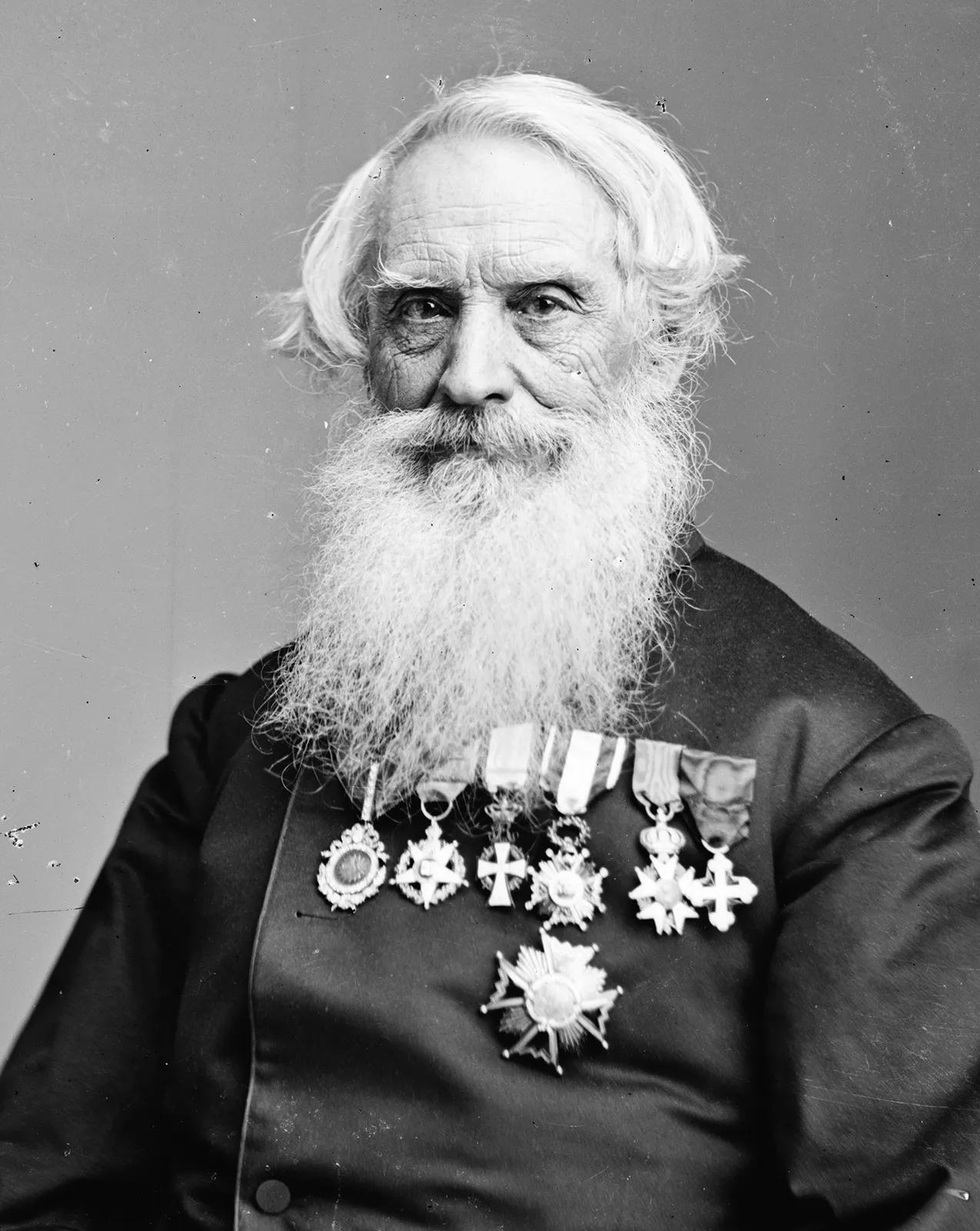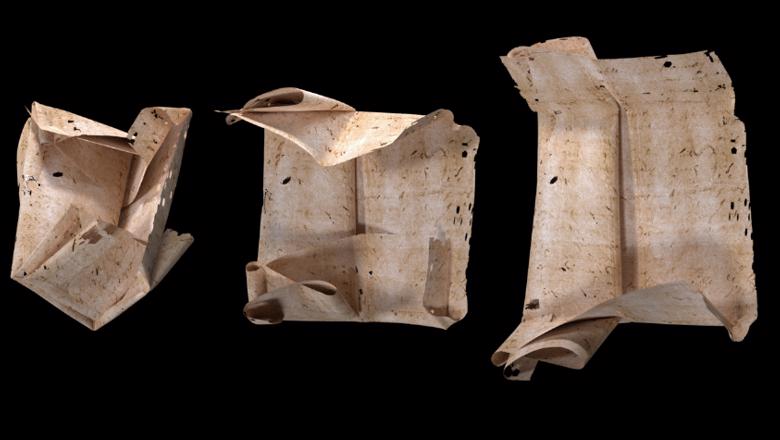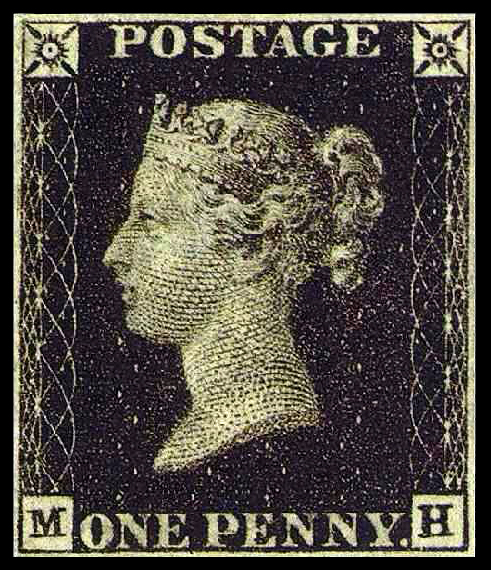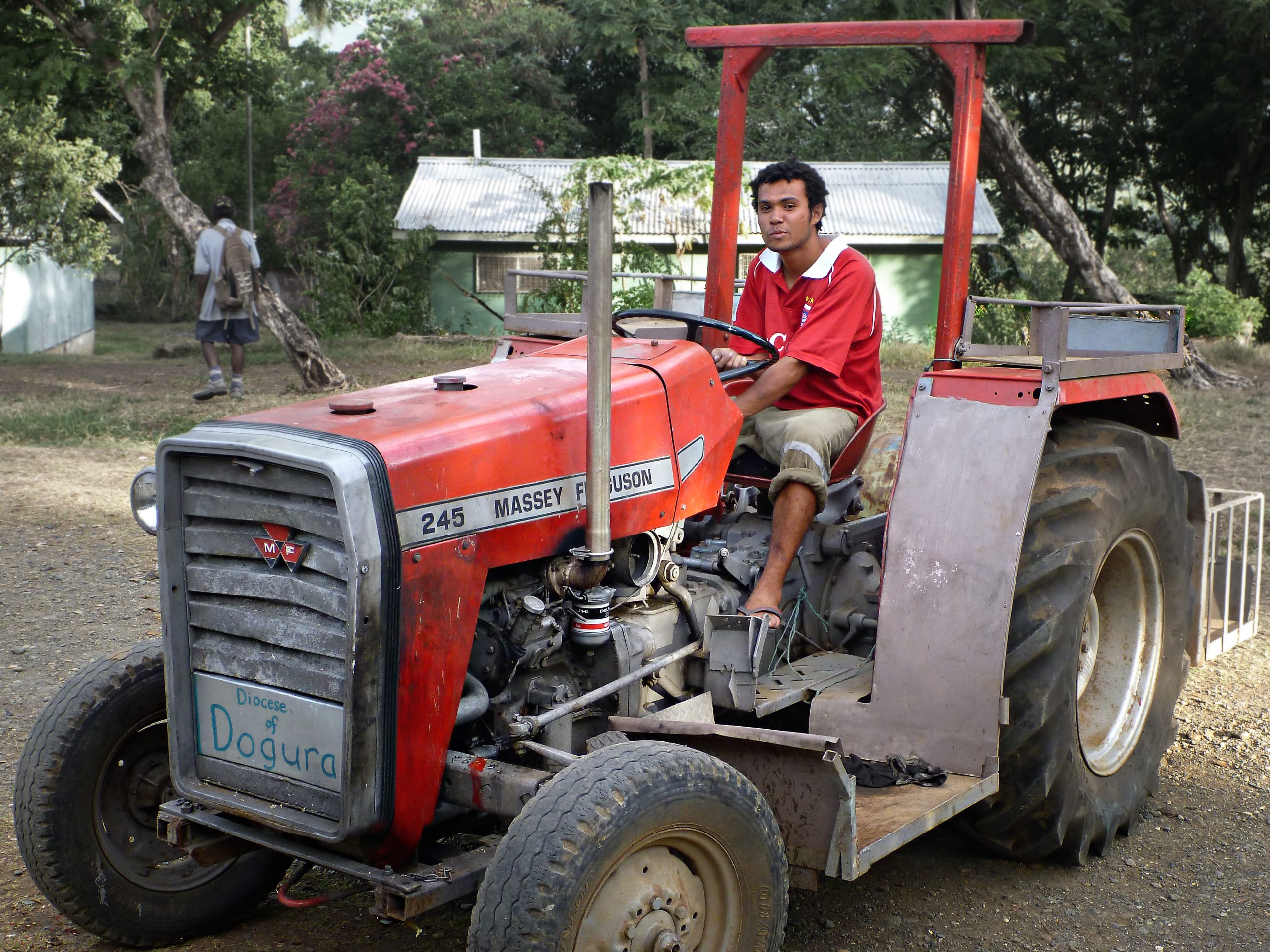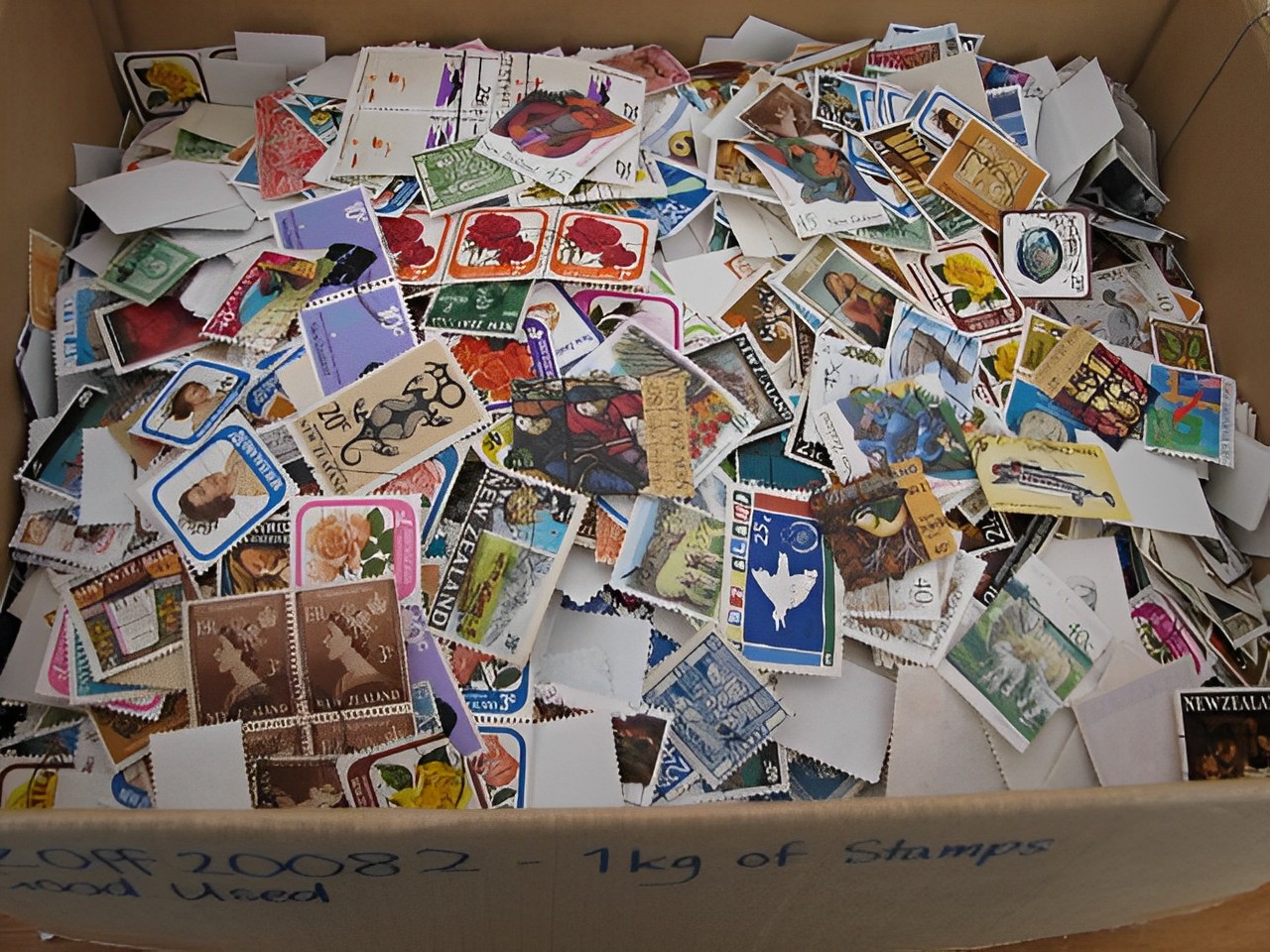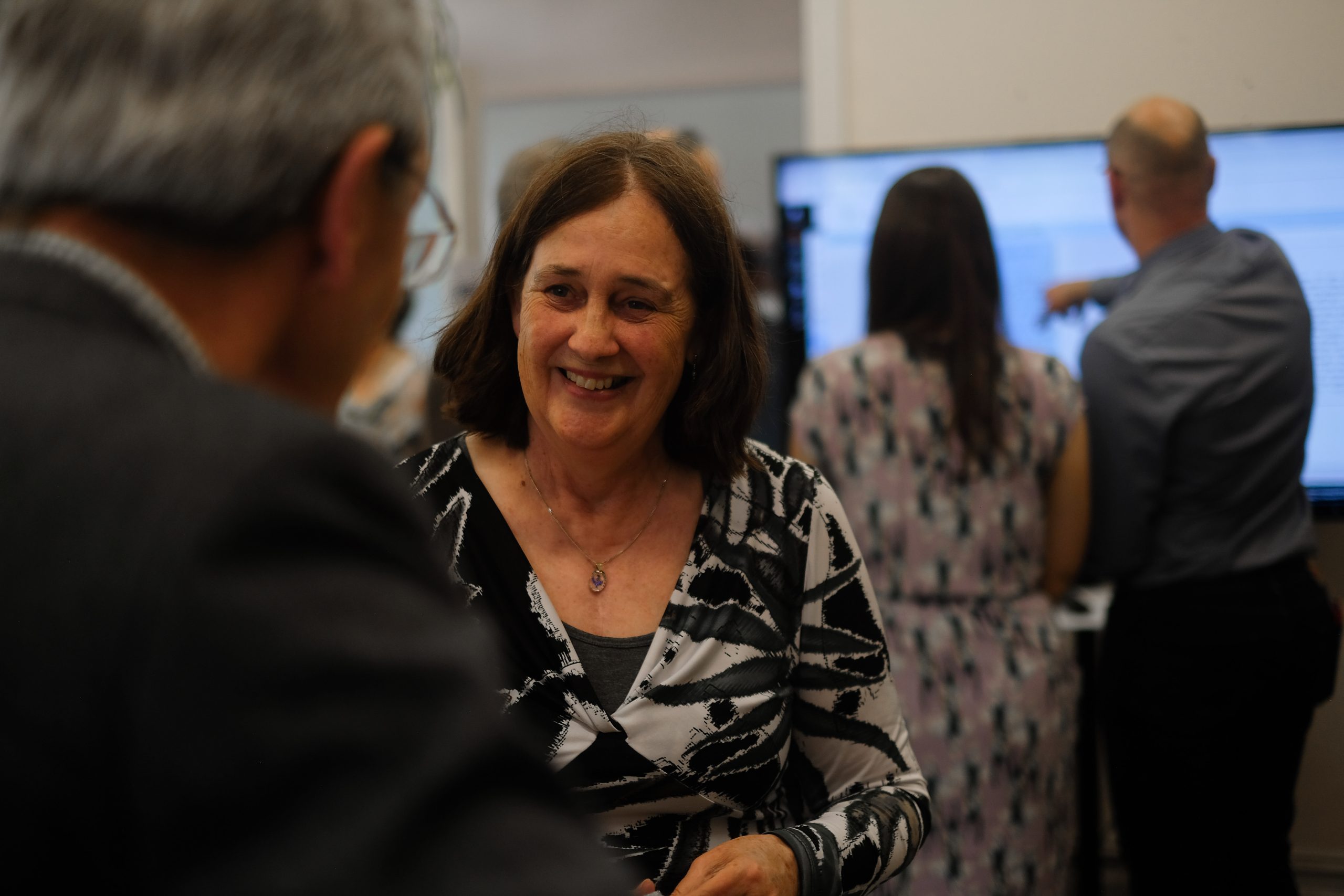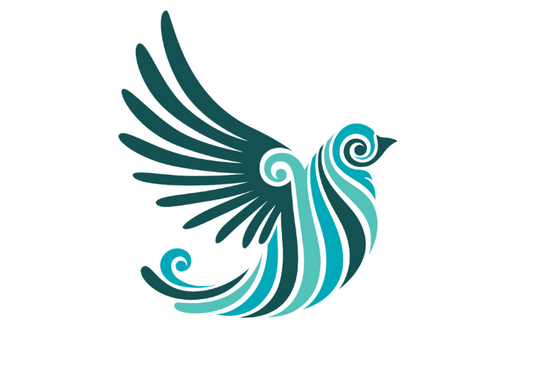Before we had stamps….
For thousands of years before instant messaging and email, there have been lots of ways of delivering messages.
In the beginning, people used to run carrying messages from place to place. As humans learnt to tame animals, news was delivered by riders on horseback or camel. Persia was the first to have a real postal system, which dates to Cyrus the Great in 550 BC. They used stations, and carriers would go post to post swapping a tired horse for a fresh one so they could deliver that much faster.
In America 1860 to 1861, the Pony Express also used relay riders. The British Postal Service goes back to 1516, but wasn’t until 1660 that the state operated General Post Office was set up as a government department.



